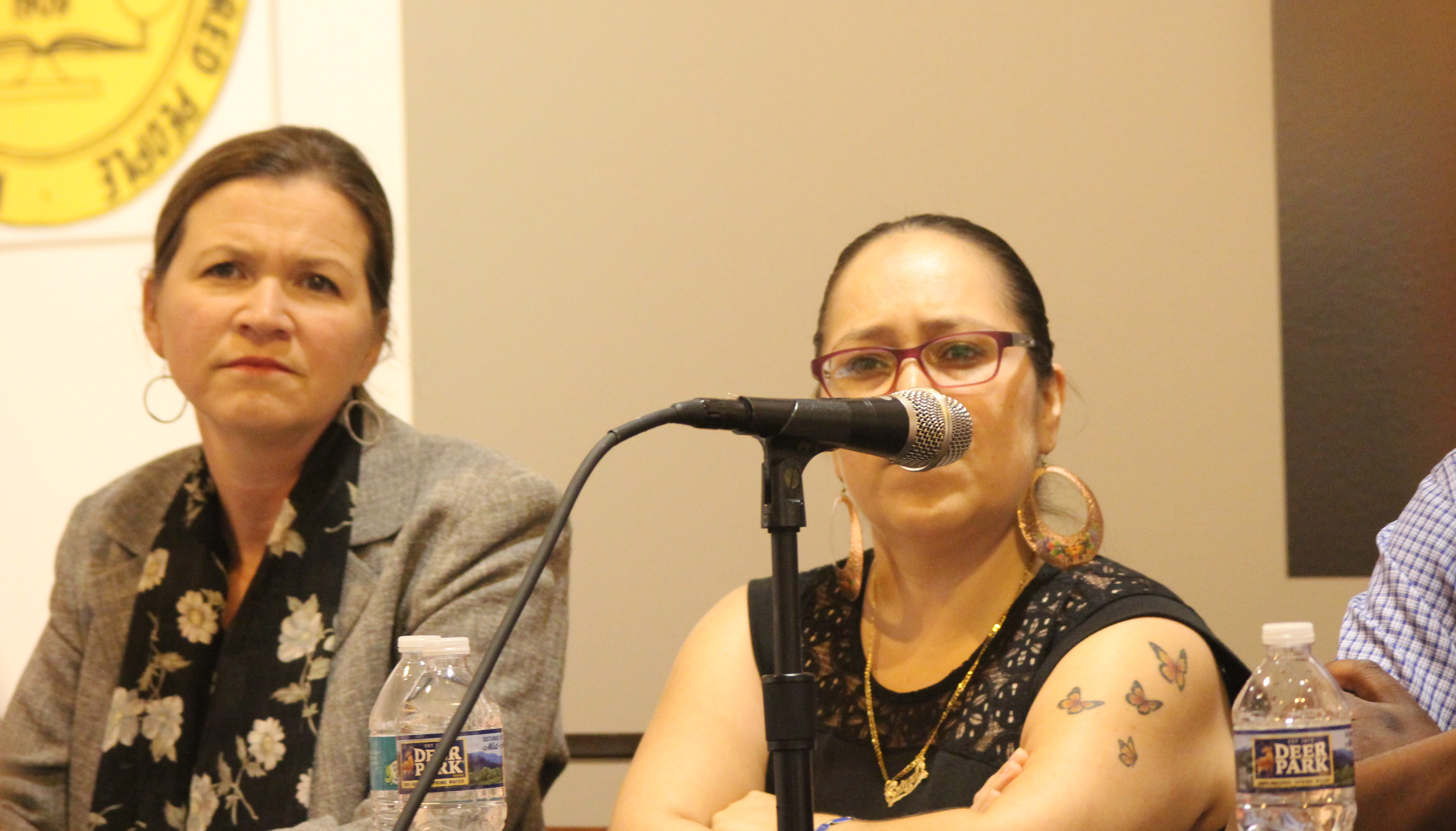By Ariel Worthy
The Birmingham Times

As hundreds flooded downtown on Sunday to support a Civil Rights National Park in the city several dozen more people were gathered inside the Birmingham Civil Rights Institute to talk about the impact social media has had on activism.
“It allows voices who were once silenced and prevented from speaking to be heard,” said Dez Wilson, a creative director who attended the discussion. “It’s also allowed international communication and for organizations to be formed.”
In 2013 Black Lives Matter started as a hashtag on Twitter after the acquittal of George Zimmerman in the shooting of 17-year-old Trayvon Martin. The movement accelerated in 2014 after the shooting of Michael Brown. It is now an international organization with chapters throughout the U.S. and Canada.
The panel discussion came on the 53rd Anniversary of the March on Washington. Members of the panel were Cara McClure from Black Lives Matter, Birmingham Chapter; Kirsten Bryant, Outreach director from Gasp, an environmental group whose goal is to reduce air pollution; Sarai Portillo, executive director from Alabama Coalition for Immigrant Justice and Carlos Chaverst from National Action Network.
Social media has become increasingly popular over the past decade; used as a tool for information, news, events and keeping in touch with friends and family. It has also been a platform for debates and discussions about issues, such as race, environmental and human rights issues.
However, for some, social media is not the “end all, be all” to get the word out about issues.
“A lot of people are not on social media,” Bryant said. “Most people who show up to Neighborhood Association meetings were not on social media, it’s also a generational divide.”
According to Pew Research, 19 percent of adults 65 or older use social media. About 22 percent of adults between the ages 18-29 use social media, and 34 percent of adults between ages 30-49 use social media.
“A lot of folks are activists, and they are the movers and shakers in the neighborhood, but they are not interested in getting on Facebook and other social media,” Bryant said. “We still have to send out letters in the mail, and people showed up.”
Richard A. Dickerson, of RAD Communications, spoke from the audience and said social media alienates people who are illiterate.
“One in five people in our city are illiterate and one in three people are at or below the poverty line,” Dickerson said. “You have to realize that a lot of people do not have access, so as we value the advantages, we have to make sure we don’t leave people behind.”



